
Deutsch-Chinesische Enzyklopädie, 德汉百科
 Auvergne-Rhône-Alpes
Auvergne-Rhône-Alpes
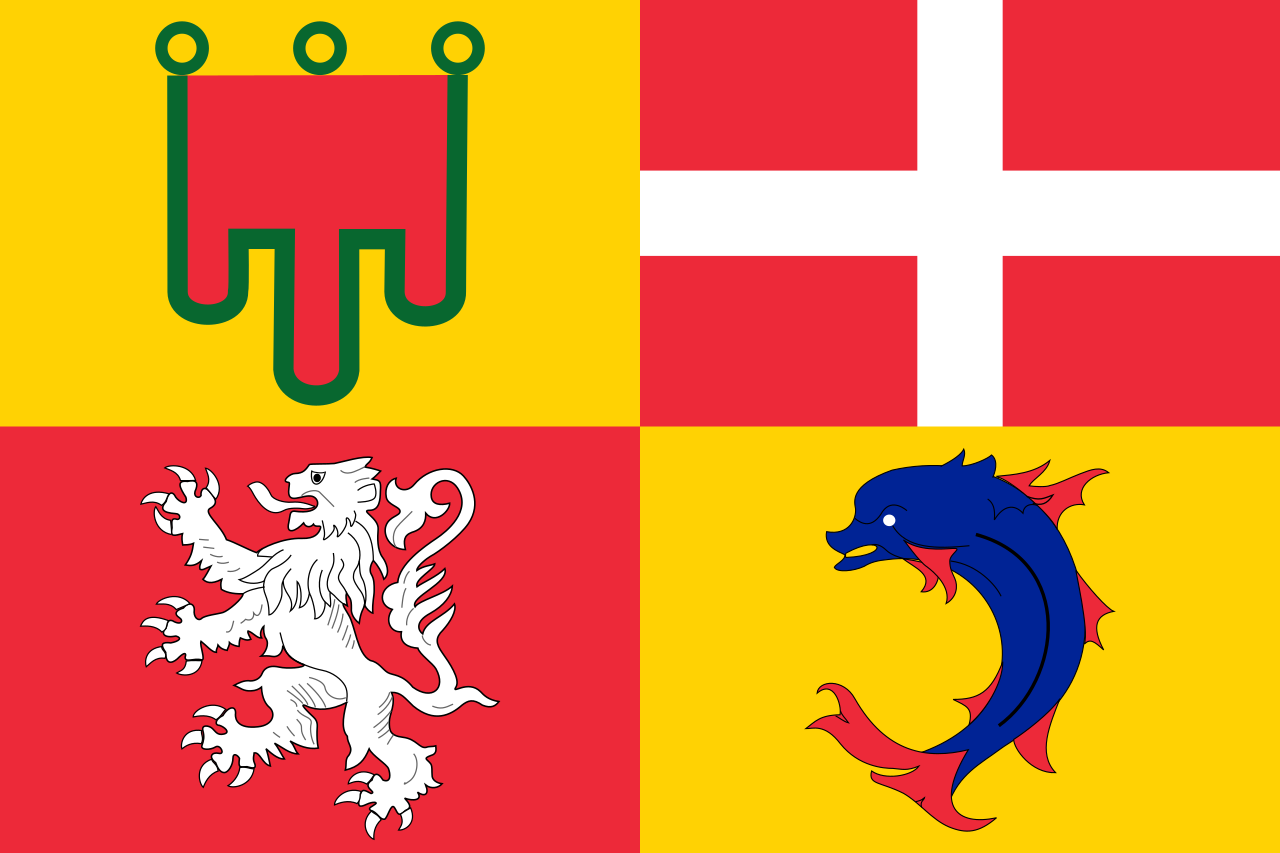
 Alsace
Alsace

 Auvergne-Rhône-Alpes
Auvergne-Rhône-Alpes
 Bourgogne
Bourgogne

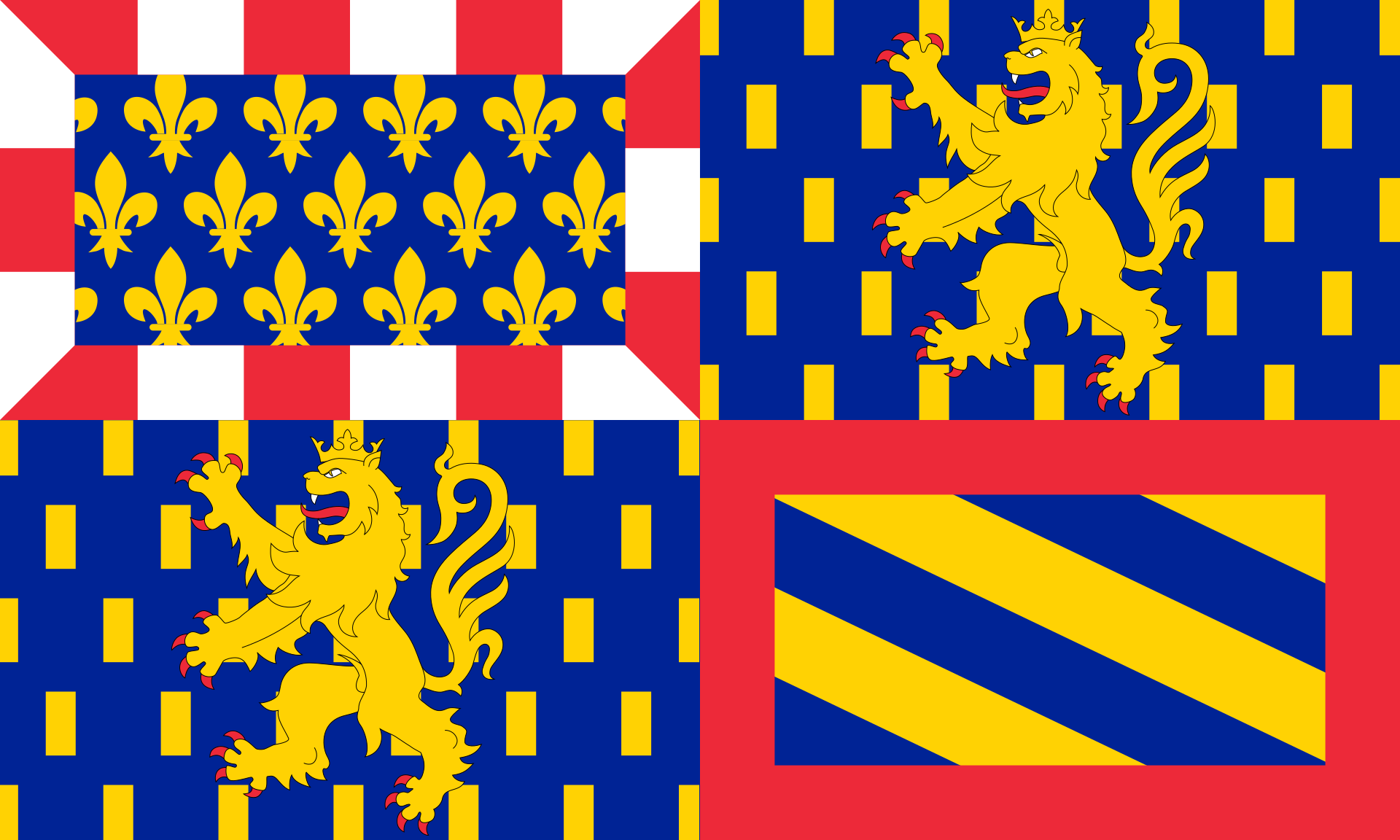 Bourgogne-Franche-Comté
Bourgogne-Franche-Comté
 Champagne-Ardenne
Champagne-Ardenne
 France
France

 Grand Est
Grand Est
 Lorraine
Lorraine
 Switzerland
Switzerland
The Saône (/soʊn/ SOHN, French: [son];[1] Francoprovençal: Sona; Latin: Arar) is a river of eastern France. It is a right tributary of the Rhône, rising at Vioménil in the Vosges department and joining the Rhône in Lyon, just south of the Presqu'île.
The name Saône derives from that of the Gallic river goddess Souconna, which has also been connected with a local Celtic tribe, the Sequanes. Monastic copyists progressively transformed Souconna to Saoconna, which ultimately gave rise to Saône. The other recorded ancient names for the river were Brigoulus and Arar.
La Saône [soːn]3 est une rivière de l'Est de la France, principal affluent de la rive droite du Rhône.
Avec une longueur de près de 480 kilomètres1, c'est le neuvième cours d'eau le plus long de France.
La Saona (in francese Saône) è un importante fiume dell'est della Francia, principale affluente di destra del Rodano. La sua sorgente si trova a quote modeste (402 m sul livello del mare) presso Vioménil nel dipartimento dei Vosgi. Il fiume si arricchisce progressivamente di vari apporti scorrendo sinuoso fino a ricevere il suo principale affluente: il fiume Doubs.
Da questa confluenza diventa navigabile sino alla foce (presso Lione) nel Rodano dopo un corso lungo 480 km.[1] Il fiume, pur con un regime quasi esclusivamente pluviale (esclusa la porzione di bacino drenata dall'affluente Doubs), beneficia però nel suo alto corso della regolarità delle precipitazioni tipiche del clima Oceanico, fornendo così un notevole apporto medio d'acqua al fiume Rodano (473 m3/s), al punto da costituirne da Lione in poi quasi la metà della sua portata ordinaria.
Il suo nome deriva dal nome della dea celtica Souconna, mentre il nome latino era Arar.
El río Saona (en francés, la Saône, pronunciado /laˈsoːn/)1 es un río del este de Francia, el principal afluente del río Ródano, desde el norte. Tiene una longitud de 480 km,2 y drena una amplia cuenca de 29.950 km². Su principal afluente es el río Doubs.
Со́на (фр. Saône [son]) — река на востоке Франции, правый приток Роны. Длина 473,3 км, площадь бассейна 29 321 км²[1]. Средний расход воды 410 м³/с.
Река берёт начало у лотарингского города Вьомениль, течёт преимущественно на юг — юго-запад, впадает в Рону возле Лиона. Протекает через 3 региона Гранд-Эст, Бургундия — Франш-Конте, Овернь — Рона — Альпы и 5 департаментов Вогезы, Верхняя Сона, Кот-д’Ор,Сона и Луара и Рона, 205 коммун[1].
Сона судоходна, соединена каналами с реками Мозель, Луара (через Центральный канал и Боковой канал Луары), Марна (через канал Марна-Сона), Сена (через Йонну и Бургундский канал), Рейн (через канал Рона-Рейн).Крупнейшие притоки — Ду (453 км), Оньон (214 км), Сей (100 км), Грона (96 км), Уша (95 км), Тий (83 км).
Название Сона произошло от древнего названия Сауконна[2] (Sauconnam[3]), которое впервые упоминается в IV веке до н. э. Аммианом Марцеллином, по имени кельтской речной богини Сауконны (Souconna)[4], культ которой был у племени секванов. Римляне называли реку Арар (лат. Arar)[5], а еще раньше — Бригул (лат. Brigoulus)[6].




 Auvergne-Rhône-Alpes
Auvergne-Rhône-Alpes

 Bourgogne-Franche-Comté
Bourgogne-Franche-Comté

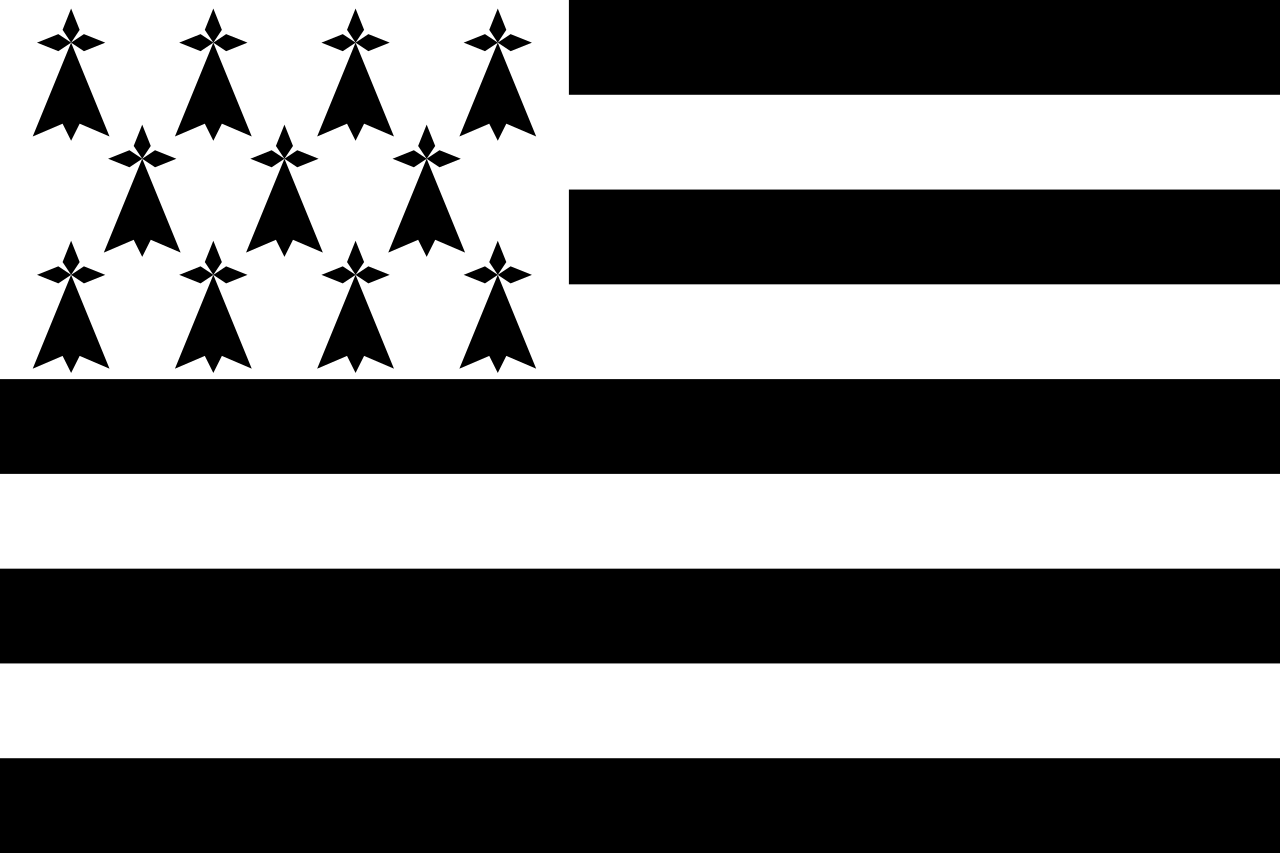 Bretagne
Bretagne

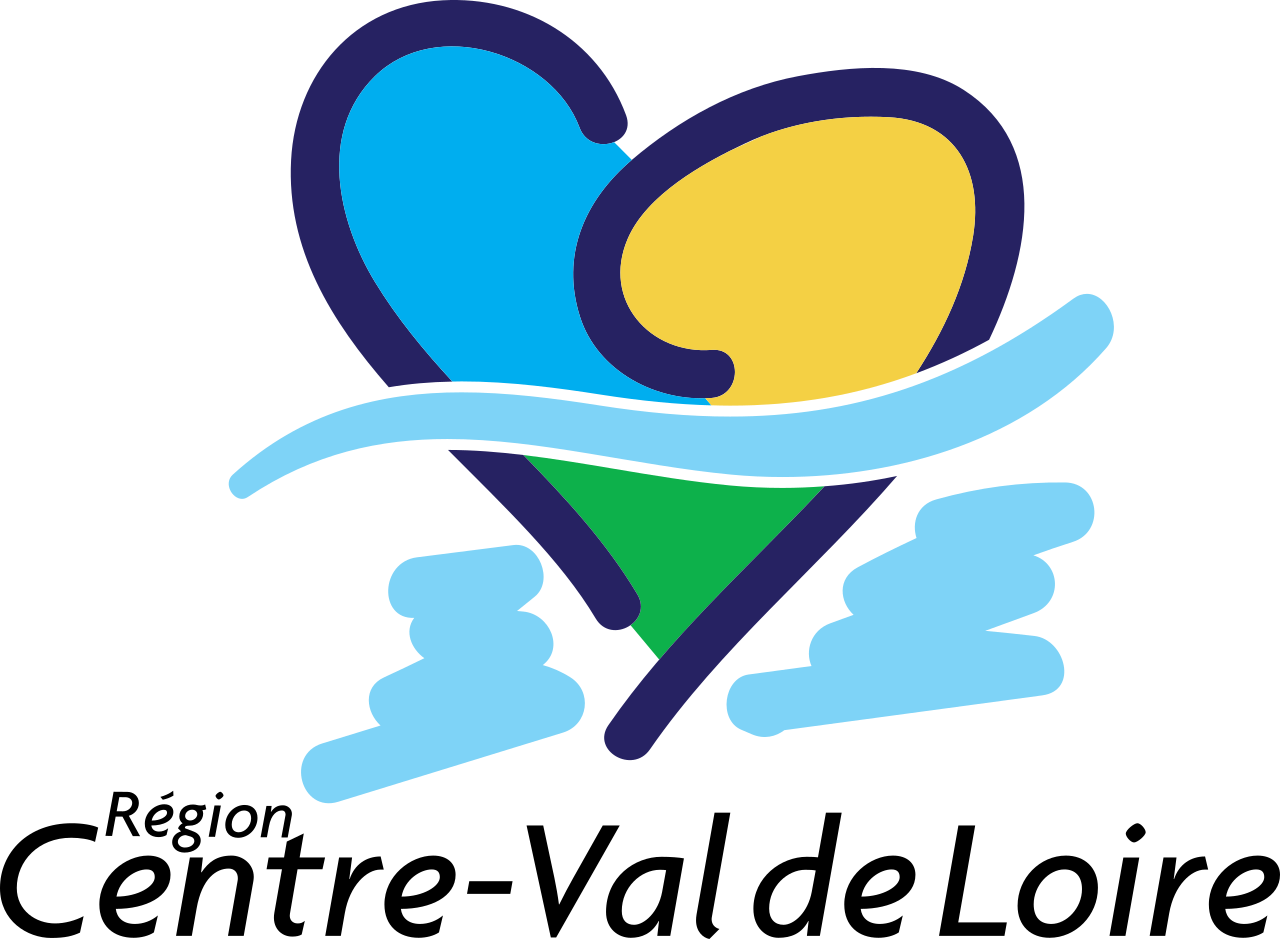 Centre-Val de Loire
Centre-Val de Loire
 France
France

 Grand Est
Grand Est

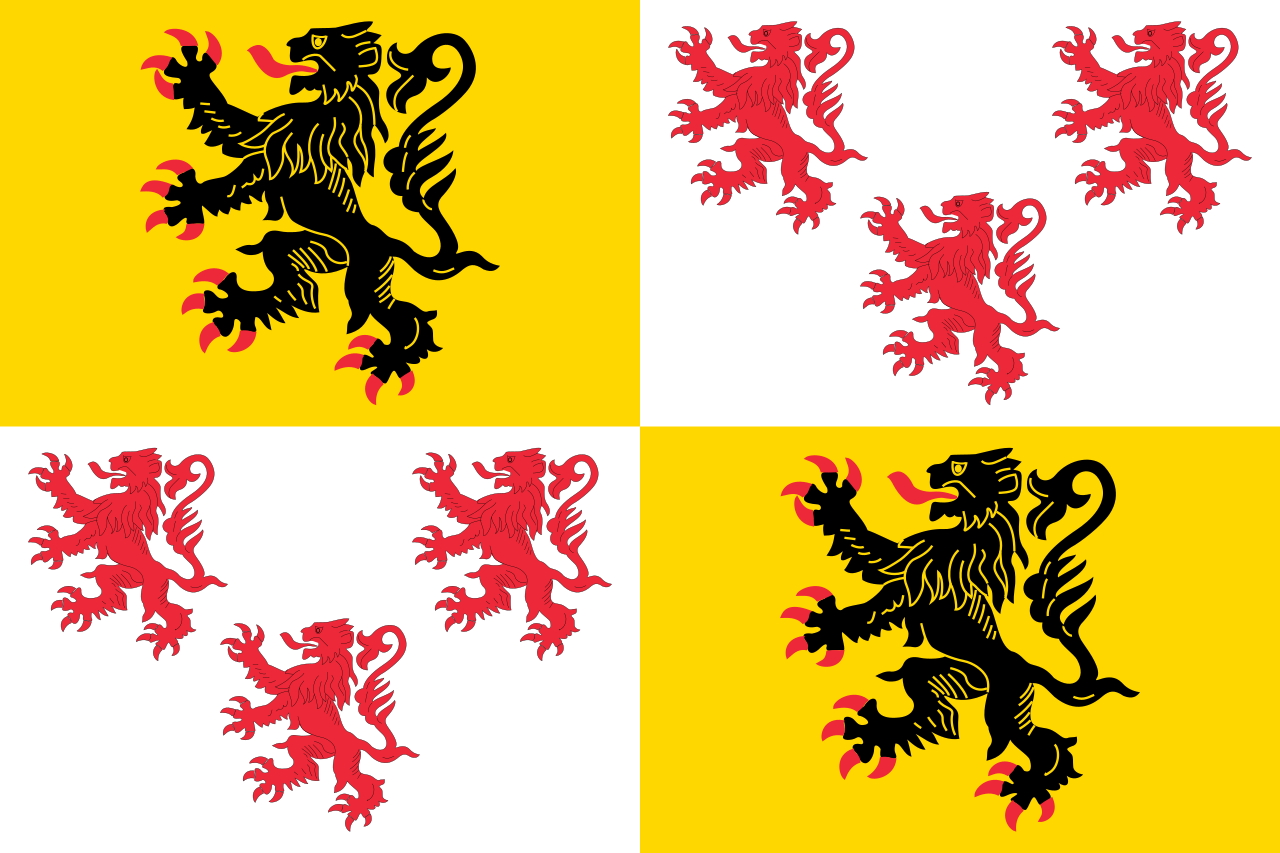 Hauts-de-France
Hauts-de-France

 Ile-de-France
Ile-de-France
 Languedoc-Roussillon-Midi-Pyrénées
Languedoc-Roussillon-Midi-Pyrénées

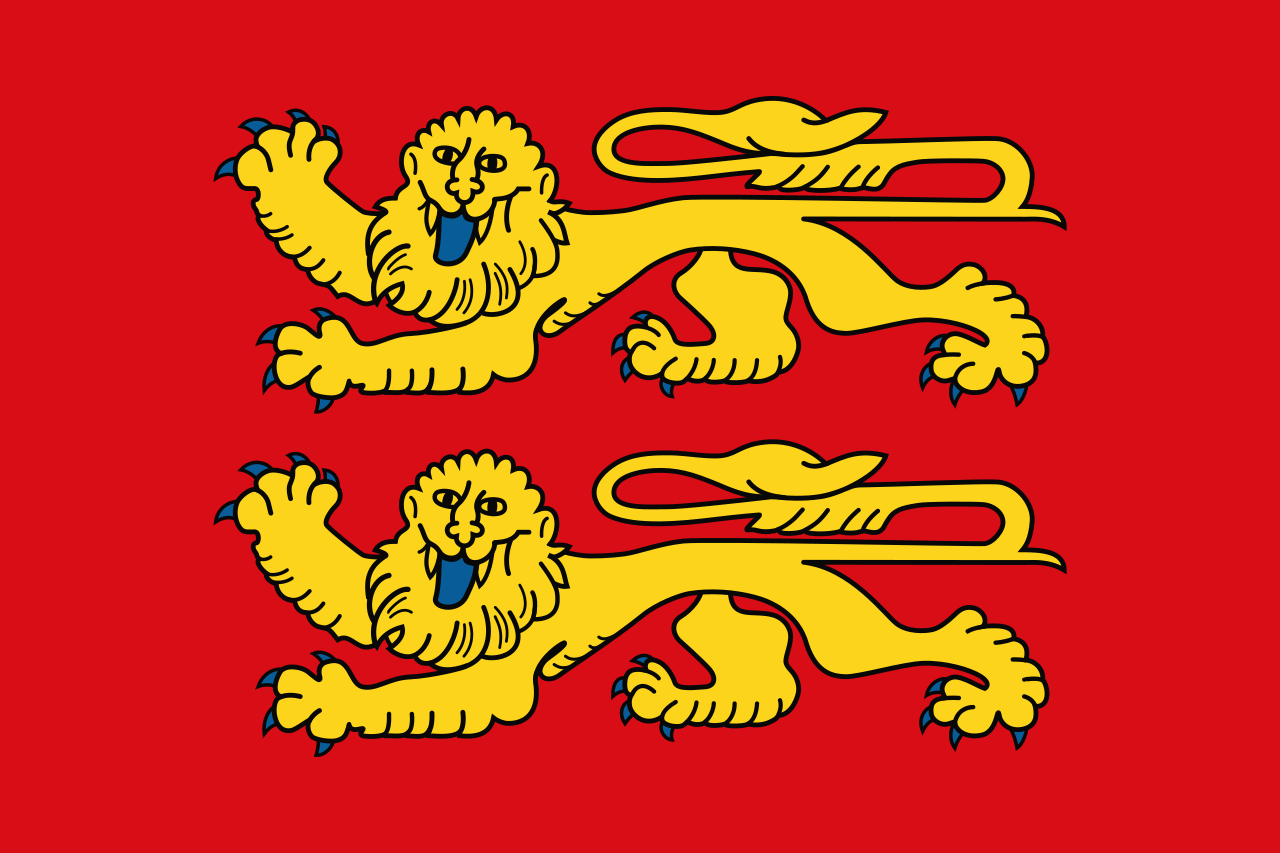 Normandie
Normandie

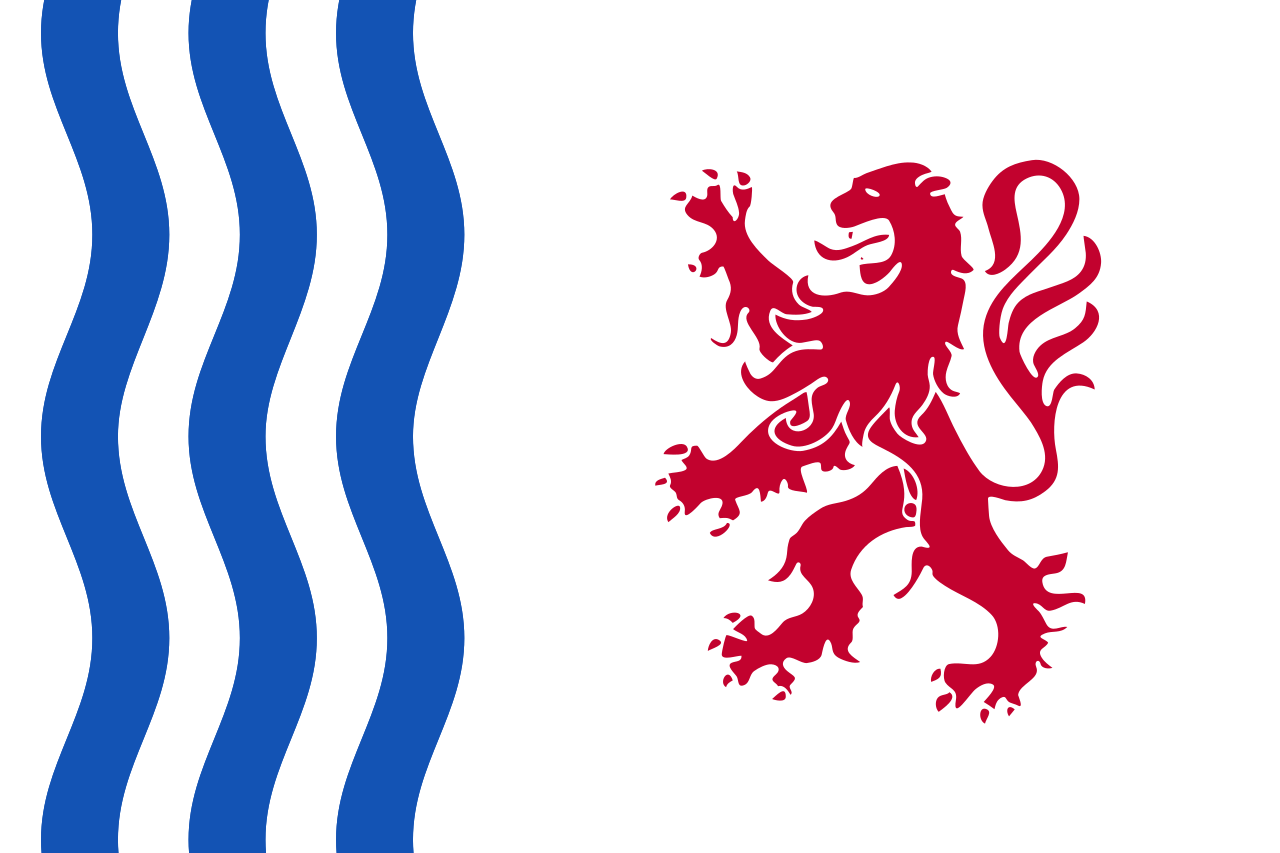 Nouvelle-Aquitaine
Nouvelle-Aquitaine

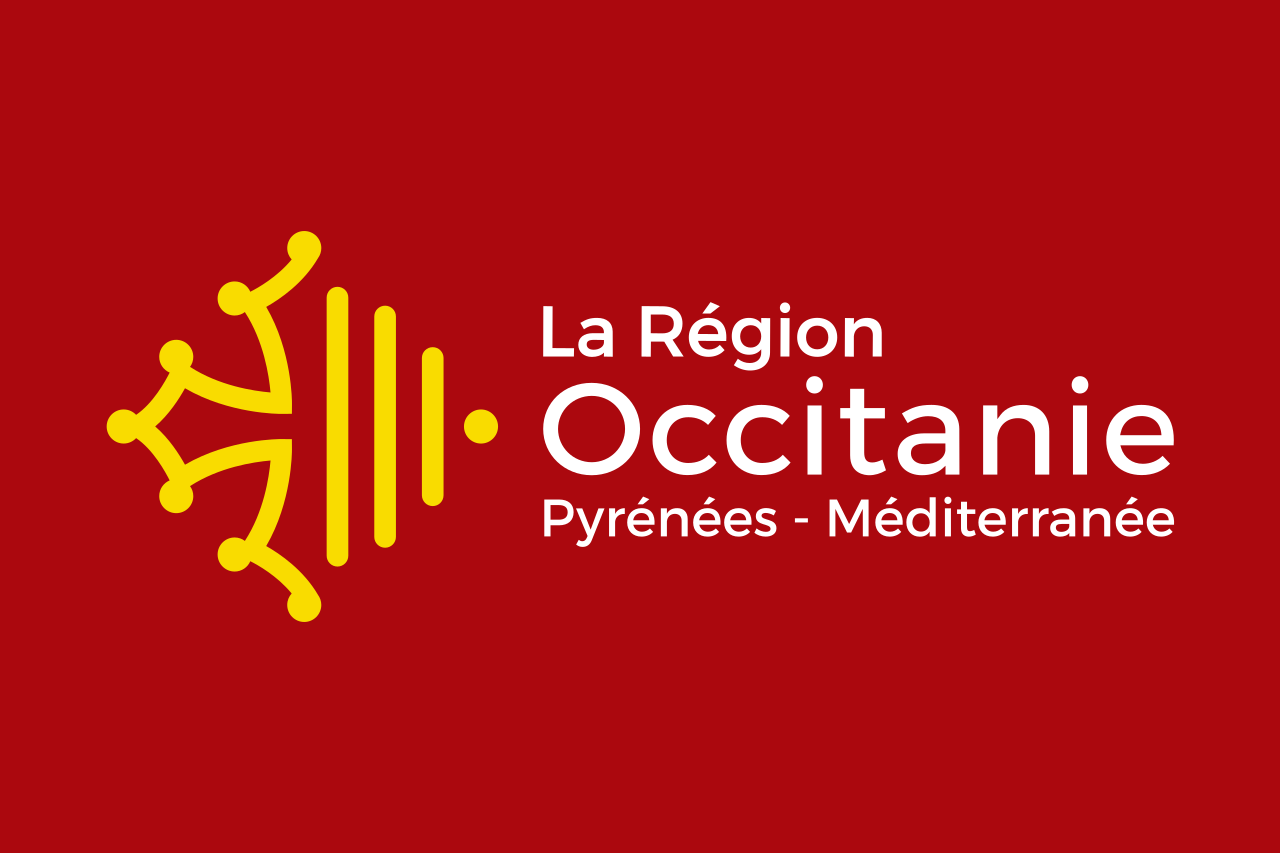 Occitania
Occitania

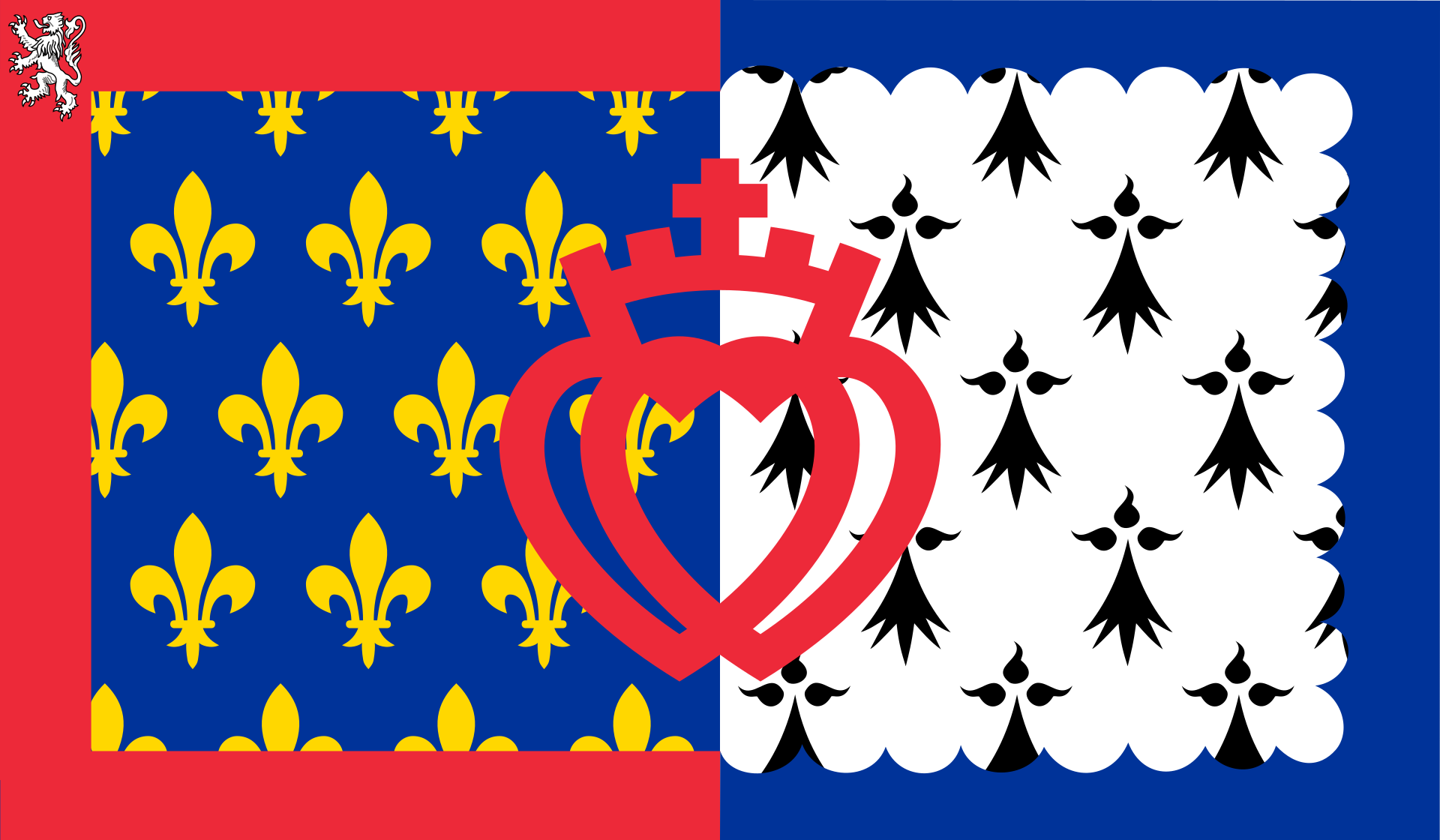 Pays-de-la-Loire
Pays-de-la-Loire

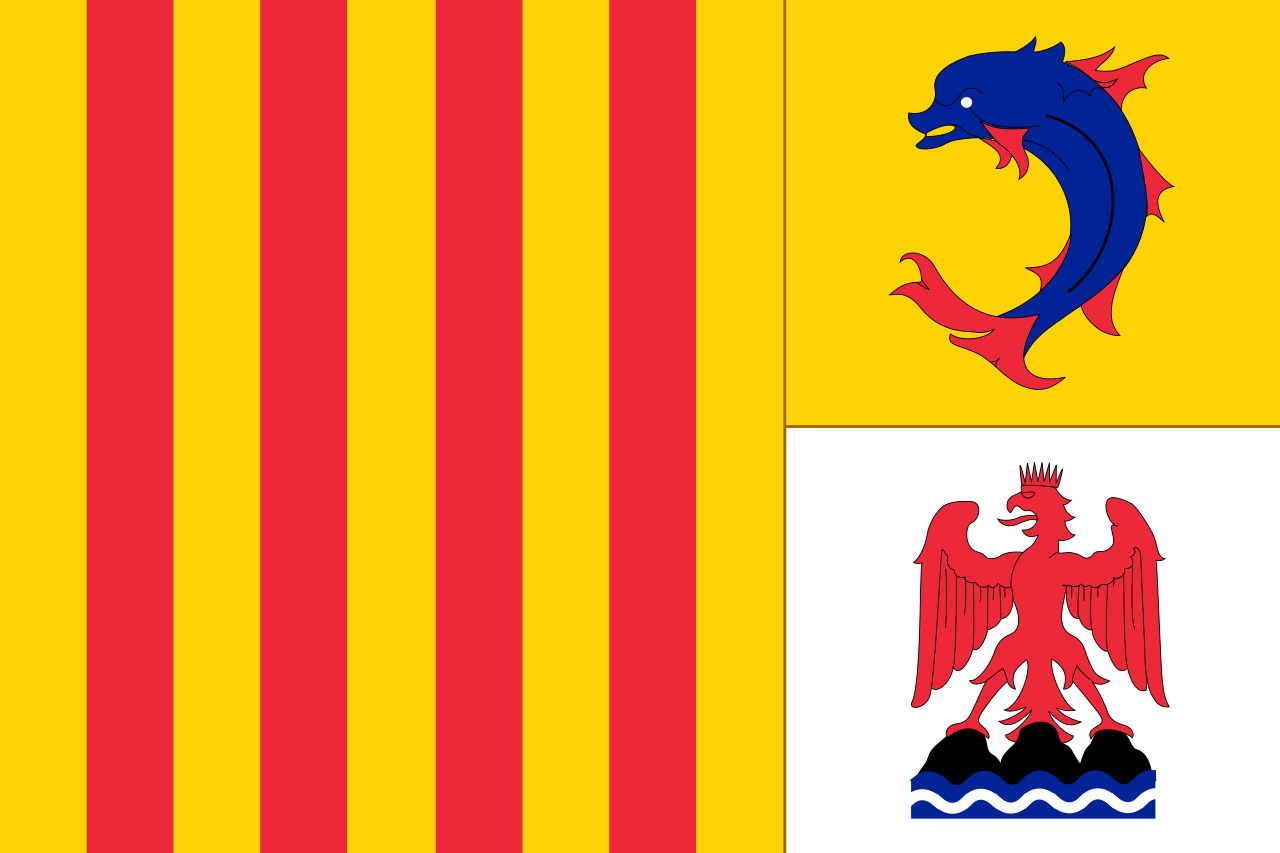 Provence-Alpes-Côte d´Azur
Provence-Alpes-Côte d´Azur

 Transport and traffic
Transport and traffic

 Transport and traffic
Transport and traffic
 High speed traffic
High speed traffic


 Auvergne-Rhône-Alpes
Auvergne-Rhône-Alpes

 Bourgogne-Franche-Comté
Bourgogne-Franche-Comté

 Bretagne
Bretagne

 Centre-Val de Loire
Centre-Val de Loire

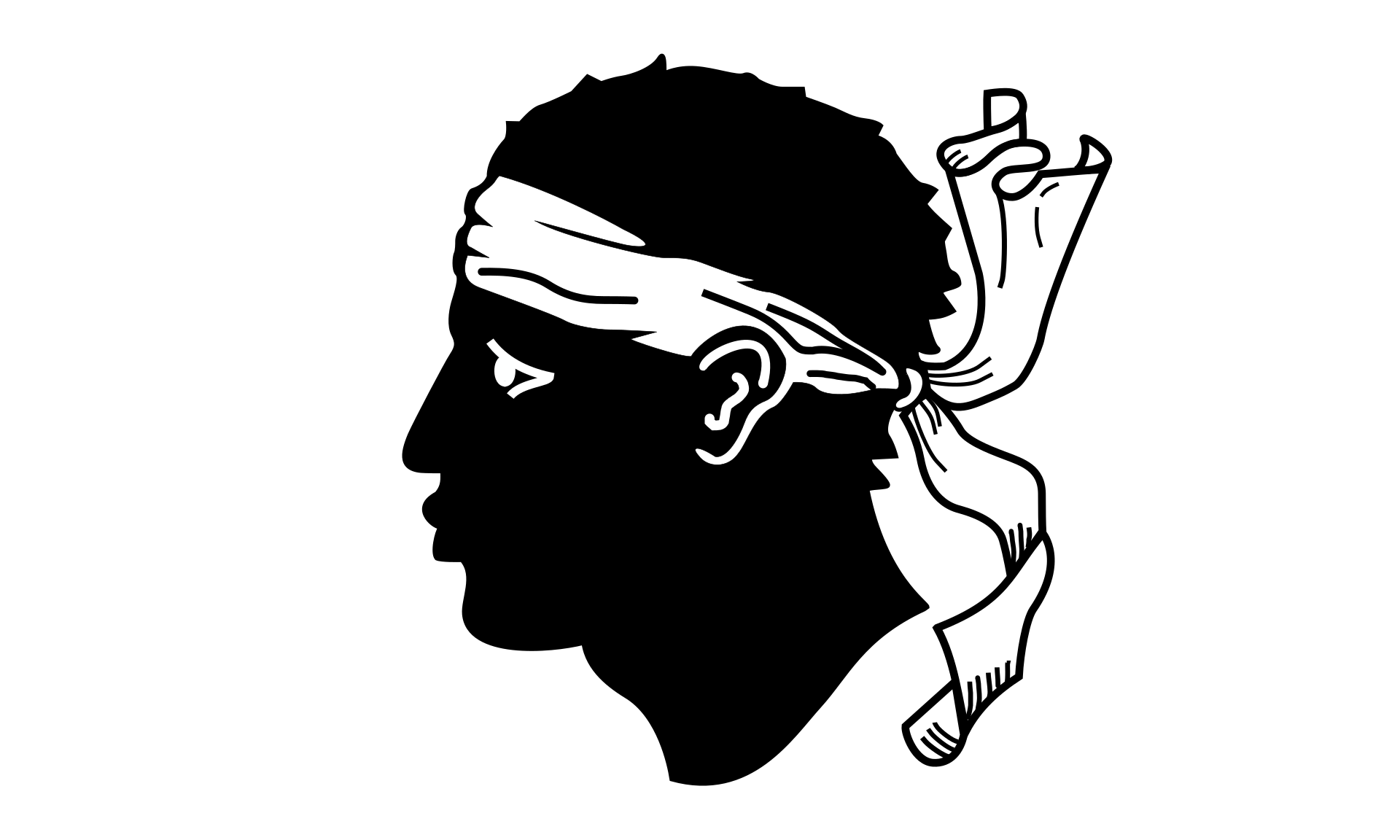 Corse
Corse
 Franche-Comté
Franche-Comté
 France
France

 Grand Est
Grand Est

 Hauts-de-France
Hauts-de-France

 Ile-de-France
Ile-de-France

 Normandie
Normandie

 Normandie
Normandie

 Normandie
Normandie

 Nouvelle-Aquitaine
Nouvelle-Aquitaine

 Occitania
Occitania

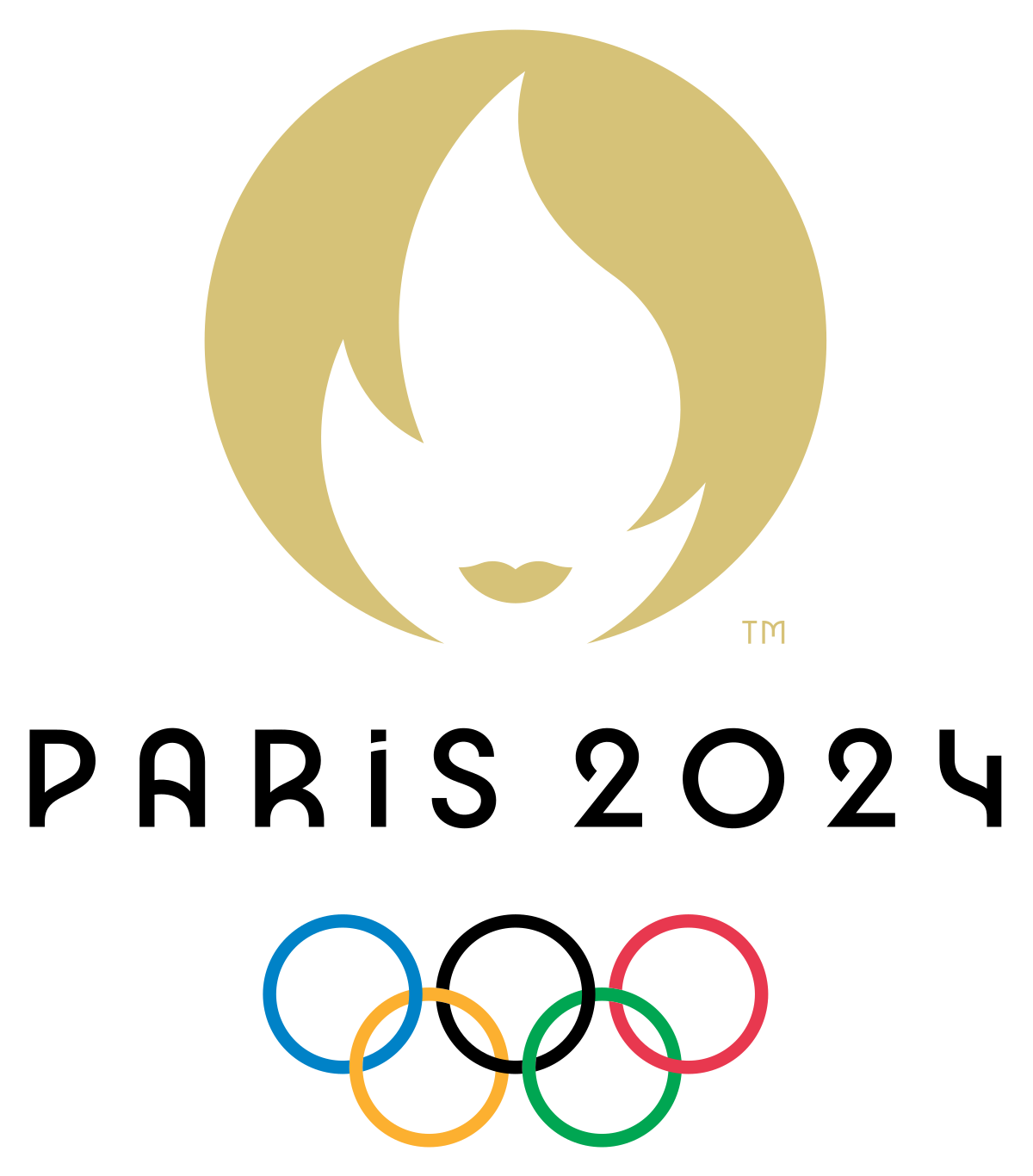 2024 Summer Olympics
2024 Summer Olympics

 Pays-de-la-Loire
Pays-de-la-Loire

 Provence-Alpes-Côte d´Azur
Provence-Alpes-Côte d´Azur

 Transport and traffic
Transport and traffic
 High speed traffic
High speed traffic

 Alsace
Alsace
 Andorra
Andorra

 Auvergne-Rhône-Alpes
Auvergne-Rhône-Alpes
 Belgium
Belgium

 Bourgogne-Franche-Comté
Bourgogne-Franche-Comté
 Champagne-Ardenne
Champagne-Ardenne
 Denmark
Denmark
 Germany
Germany
 England
England
 Franche-Comté
Franche-Comté
 France
France

 Grand Est
Grand Est

 Hauts-de-France
Hauts-de-France

 Ile-de-France
Ile-de-France
 Italy
Italy
 Lorraine
Lorraine
 Nord-Pas-de-Calais
Nord-Pas-de-Calais

 North Rhine-Westphalia
North Rhine-Westphalia

 Nouvelle-Aquitaine
Nouvelle-Aquitaine

 Occitania
Occitania
 Switzerland
Switzerland
 Spain
Spain

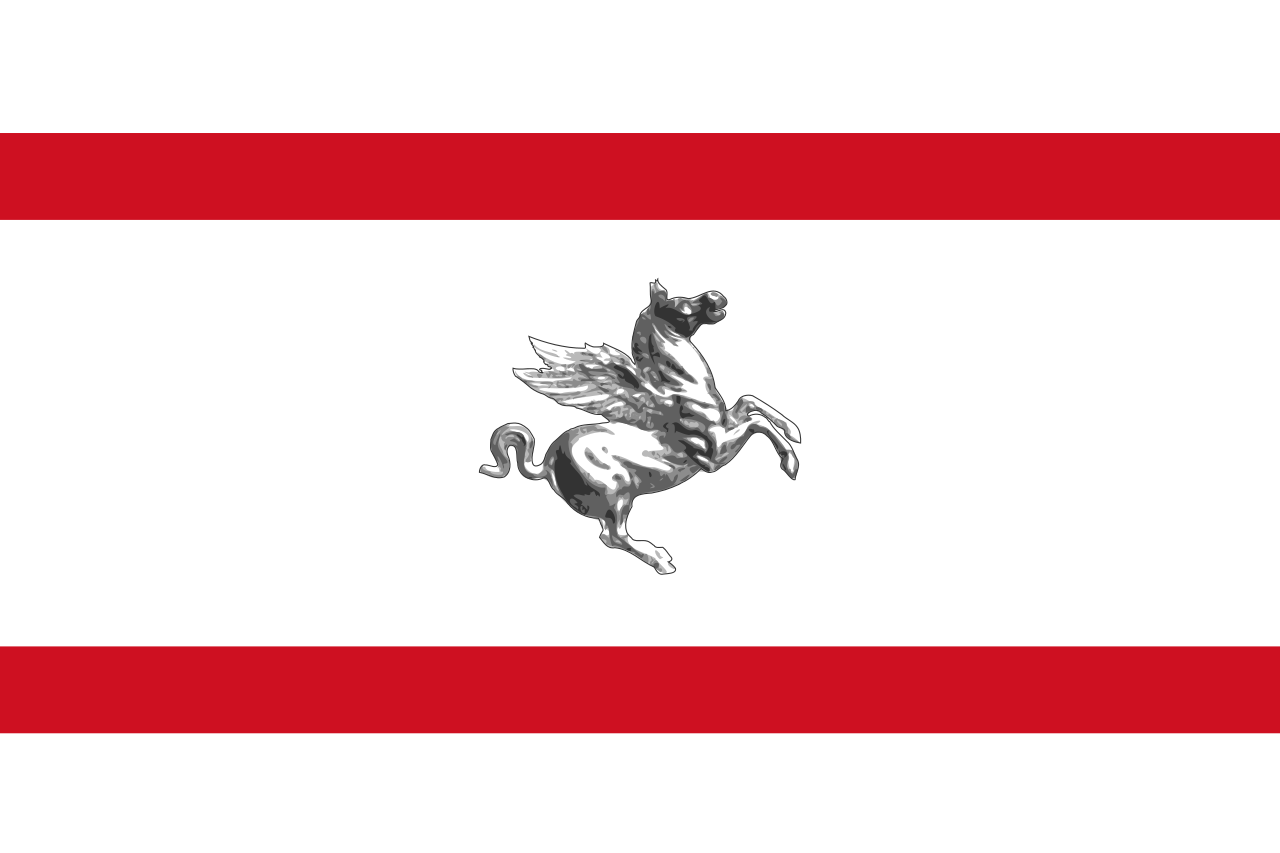 Toscana
Toscana
 Tour de France 2015
Tour de France 2015
 Tour de France 2016
Tour de France 2016
 Tour de France 2017
Tour de France 2017
 Tour de France 2018
Tour de France 2018
 UCI World Tour
UCI World Tour
 United Kingdom
United Kingdom

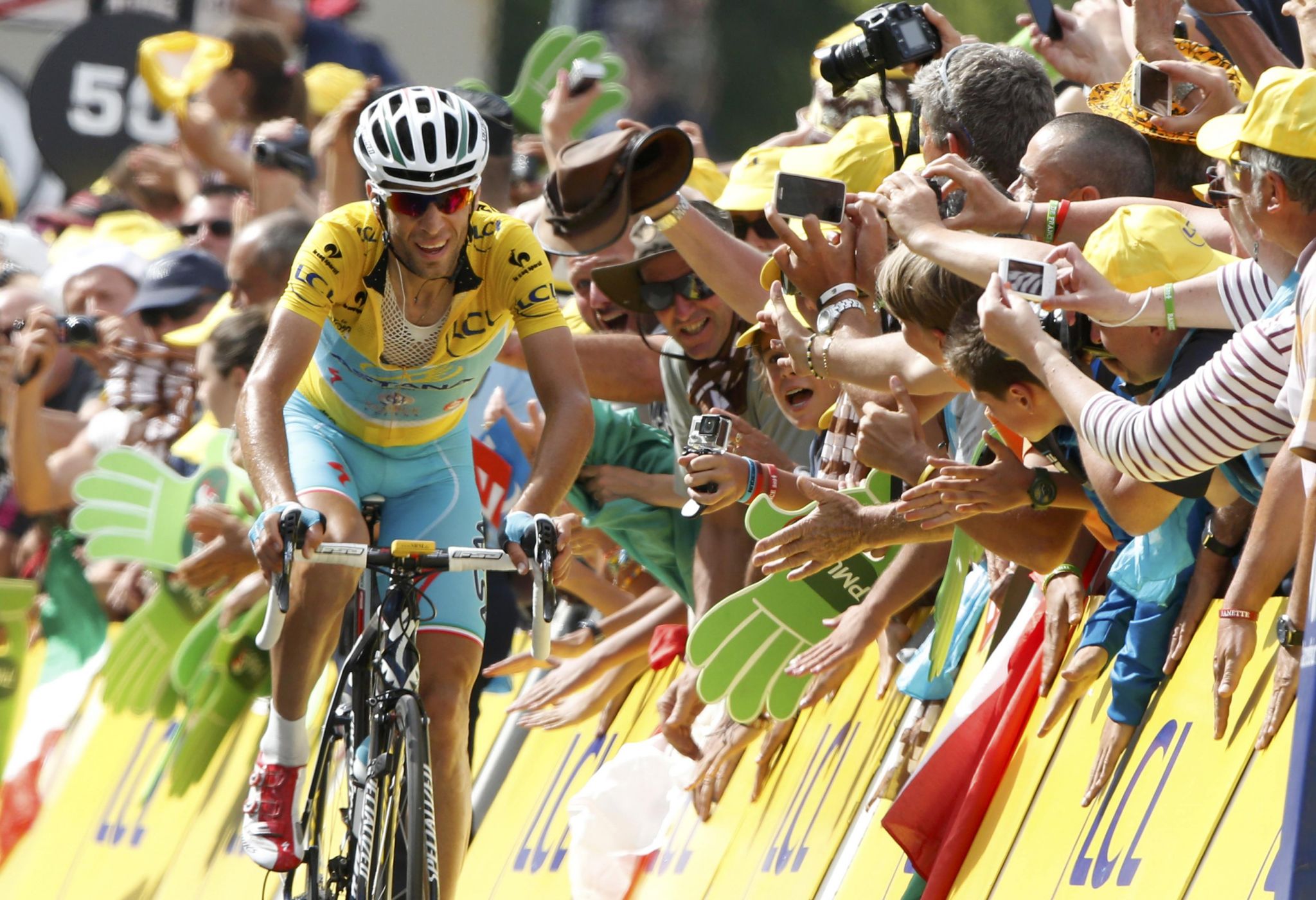
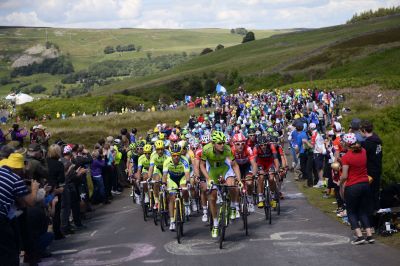
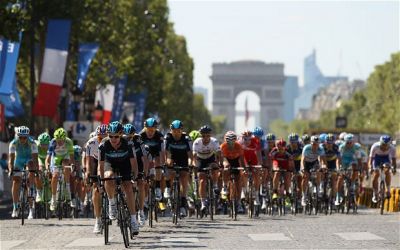
环法自行车赛(Tour de France)是一项分赛程的长距离自行车骑行比赛,它由法国人亨利・戴斯格朗日(Henri Desgrange)于1903年创立。每年夏天的七月份,来自世界各国的骑行高手们就会云集法国,在这里翻山越岭穿村过市,在举世闻名的自行车赛界的最高竞技中一决高下。
环法自行车赛的产生及历史
亨利・戴斯格朗日曾是一位自行车运动员,后来做了记者,但他从未放弃对骑行的热爱。他于1903年创立了环法自行车赛最初的规则。其中有一些规则给参赛选手专心进行体育竞技带来了很大的不便。比如说参赛者不可以使用助手,也就是说如果参赛者的自行车出现了机械故障,要由他自己停下来把车修好才可以再上路。
其实环法自行车赛不仅限于法国境内,它还经过比利时、西班牙等一些法国的邻国。比赛属于分段计时赛,冠军为各段赛程所用时间累计最少者。
(Quelle:http://www.faguo-lvyou.cn)
环法自行车赛(法语:Le Tour de France)是一个每年举办的多赛段公路自行车赛,主要在法国进行,但有时也出入周边国家(如英国、比利时、德国、西班牙)。自从1903年开始以来,每年于夏季举行,每次赛期23天,平均赛程超过3500公里(约2200英里)。完整赛程每年不一,但大都大体上环绕法国一周。近年来,比赛结束前总是会穿越巴黎市中心的香榭丽舍大道,并且经过埃菲尔铁塔。比赛全程分成许多段,从一个城镇到下一个,每一段分别计时排名。所有段成绩累计起来决定每一位赛手的总成绩,总冠军为各段时间累计最少者。在每日赛事结束时,领先者将可穿上黄色领骑衫,最佳冲刺者将被赠与一件绿色车衣,山间赛事中之最佳骑手将会得到一件波尔卡点运动衣,其有时被称作登山王。
像其他公路大赛一样,选手们组织队伍参赛。每一队由9名选手组成,共有20至22个小队。传统上,只有一流的专业赛车队才能收到参赛邀请。近年来,大赛组织者采用国际自行车联盟的计分系统来决定参赛队伍,另留下2-4个名额给予知名车队或落选的法国车队。每个车队由其最大赞助商命名,穿着其队服。比赛时,各车队采取战术,队友之间互相帮助,通常车队后面还有一部支援车带着配件等备急紧跟着他们[1][2]。
Am 8. Dez. 1867 fand das erste Radrennen der Welt in Paris statt. Anfangs noch auf dem Vélocipèd, ohne Bereifung, wurden selten Geschwindigkeiten von 10 km/h erreicht. Etwa 100 Teilnehmer starteten auf den Champs-Elysées und fuhren etwa 23 km bis zum Schloß von Versaille. Das zweite Rennen fand am 24. Mai 1868 am Pré Catalan im Bois du Boulongne statt.
Das erste "Langstreckenrennen" der Welt, Paris-Rouen über 122 km wurde am 7. Nov. 1869 gefahren.
Bis kurz vor 1890 wurden verschiedene Rennen mit dem Hochrad ausgetragen, was sehr gefährlich war. Mit der Erfindung der Luftbereifung 1888 endete die ära der Hochräder abrupt.
Diese "Sicherheits-Niederräder" entsprechen grob dem Aussehen heutiger Fahrräder und wurden erstmalig in Großserie produziert.
Bereits 1891 wurden 2 berühmte Radrennen ins Leben gerufen, die noch heute gefahren werden: Paris-Brest-Paris über ca. 1.200 km und Bordeaux-Paris, welches halb so lang ist.(Quelle:http://www.fahrradmonteur.de/tour-de-france.php)
Die Tour de France [ˌtuʀdəˈfʀɑ̃ːs], auch Grande Boucle [gʀɑ̃dˈbukl] (französisch für Große Schleife) oder einfach Le Tour [ləˈtuːʀ] genannt, ist das berühmteste und für die Fahrer bedeutendste Radrennen der Welt.
Seit 1903 wird es alljährlich im Juli ausgetragen und führt dabei in wechselnder Streckenführung quer durch Frankreich und das nahe Ausland. Während des Ersten Weltkriegs fiel die Tour zwischen 1915 und 1918 aus, der Zweite Weltkrieg bedingte eine Unterbrechung von 1940 bis 1946. Das Etappenrennen wird von der Amaury Sport Organisation (ASO) veranstaltet. Die Tour wird oft als das nach den Olympischen Spielen und der Fußball-Weltmeisterschaft drittgrößte Sportereignis der Welt[1][2] oder als das größte jährlich stattfindende Sportereignis[3] bezeichnet und gilt als das härteste Radrennen der Welt.[4]
Eine Tour de France der Frauen, La Grande Boucle Féminine Internationale, wurde mit Unterbrechungen von 1984 bis 2009 ausgetragen. Länge und Bedeutung waren im Vergleich zur Tour der Männer gering. Als Nachfolgeveranstaltung wird seit 2014 La Course by Le Tour de France, zu Beginn als Rundstreckenrennen vor der Schlussetappe der Tour de France 2014, ausgetragen.
ツール・ド・フランスまたは(ル・)トゥール・ド・フランス(仏: Le Tour de France、以下「ツール」)とは毎年7月にフランスおよび周辺国を舞台にして行われる自転車プロロードレースである。1903年から開催されている。主催は傘下にスポーツ新聞レキップや一般紙ル・パリジャンなどを抱えるフランスの大企業・アモリ・スポル・オルガニザシオン (ASO, Amaury Sport Organisation)。
名称はフランス語で「フランス一周」を意味する[1]。フランス語による同様の名称のレースには、スイスで行われるツール・ド・スイスなどがある。単にル・ツール(Le Tour:ル・トゥール)と称されることもある。
The Tour de France (French pronunciation: [tuʁ də fʁɑ̃s]) is an annual men's multiple stage bicycle race primarily held in France,[1] while also occasionally passing through nearby countries. Like the other Grand Tours (the Giro d'Italia and the Vuelta a España), it consists of 21 day-long stages over the course of 23 days.
The race was first organized in 1903 to increase sales for the newspaper L'Auto[2] and is currently run by the Amaury Sport Organisation.[3] The race has been held annually since its first edition in 1903 except when it was stopped for the two World Wars.[4] As the Tour gained prominence and popularity, the race was lengthened and its reach began to extend around the globe. Participation expanded from a primarily French field, as riders from all over the world began to participate in the race each year. The Tour is a UCI World Tour event, which means that the teams that compete in the race are mostly UCI WorldTeams, with the exception of the teams that the organizers invite.[5][6]
Traditionally, the race is held primarily in the month of July. While the route changes each year, the format of the race stays the same with the appearance of time trials,[1] the passage through the mountain chains of the Pyrenees and the Alps, and the finish on the Champs-Élysées in Paris.[7][8] The modern editions of the Tour de France consist of 21 day-long segments (stages) over a 23-day period and cover around 3,500 kilometres (2,200 mi).[9] The race alternates between clockwise and counterclockwise circuits of France.[10]
There are usually between 20 and 22 teams, with eight riders in each. All of the stages are timed to the finish; the riders' times are compounded with their previous stage times.[1] The rider with the lowest cumulative finishing times is the leader of the race and wears the yellow jersey.[1][11] While the general classification garners the most attention, there are other contests held within the Tour: the points classification for the sprinters, the mountains classification for the climbers, young rider classification for riders under the age of 26, and the team classification for the fastest teams.[1] Achieving a stage win also provides prestige, often accomplished by a team's cycling sprinter specialist.
Le Tour de France, souvent appelé « Le Tour » ou « la Grande Boucle », est une compétition cycliste par étapes masculine qui a lieu principalement en France chaque année, tout en traversant occasionnellement les pays voisins. La course est organisée pour la première fois en 1903 par Henri Desgrange et Géo Lefèvre, pour augmenter les ventes du journal L'Auto. Le Tour est actuellement organisé par ASO (Groupe Amaury). La course a lieu chaque année depuis sa première édition en 1903, excepté lors des deux guerres mondiales. Le Tour gagne en importance et en popularité au fil des éditions, sa durée est allongée et sa portée s'étend dans le monde entier. La participation s'élargit, on passe d'un peloton principalement français lors des premières éditions, à des éditions comptant jusqu'à 40 nationalités.
Le Tour de France, le Tour d'Italie et le Tour d'Espagne constituent les trois grands tours, les épreuves les plus prestigieuses du cyclisme sur route. Le Tour de France est le plus ancien et est généralement considéré comme le plus prestigieux des trois. Traditionnellement, la course se déroule principalement au mois de juillet. Bien que le parcours change chaque année, le format de la course reste le même avec au moins deux contre-la-montre1, le passage à travers les chaînes de montagnes des Pyrénées et des Alpes et l'arrivée sur les Champs-Élysées à Paris. Les éditions modernes du Tour de France se composent de 21 étapes réparties sur une période de 23 jours et couvrent près de 3 500 kilomètres. Le tracé du parcours alterne entre le sens horaire et antihoraire de la France.
Le Tour est une des épreuves de l'UCI World Tour, ce qui signifie que les équipes sont en majorités composées d'UCI WorldTeams, à l'exception des équipes que les organisateurs invitent. Le nombre d'équipes varie habituellement entre 20 et 22, avec chacune huit coureurs. Après chaque étape, les temps des coureurs sont ajoutés avec leurs temps précédents. Le coureur avec le temps total le plus faible est classé premier du classement général et porte le très convoité maillot jaune le distinguant des autres coureurs. Le classement général est le plus réputé des classements car il détermine le vainqueur du Tour, mais d'autres classements secondaires sont organisés lors du Tour : le classement par points pour les sprinteurs, le classement de la montagne pour les grimpeurs, le classement des jeunes pour les coureurs de 25 ans et moins, et le classement par équipes pour les équipes les plus rapides.
Quatre coureurs ont remporté cinq fois le Tour de France : Jacques Anquetil, Eddy Merckx, Bernard Hinault et Miguel Indurain. Lance Armstrong, vainqueur de sept Tours entre 1999 et 2005, fut le recordman jusqu'en 2012 lorsque ses sept victoires furent effacées pour cause de dopage. Christopher Froome est toujours en activité, avec quatre succès à son actif.
Le Tour de France (it. Il Giro di Francia) è uno dei tre grandi giri maschili di ciclismo su strada e uno tra i più importanti avvenimenti sportivi del mondo. È parte del calendario professionistico UCI World Tour.
Detto anche Tour o Grande Boucle, a partire dal 1903 la corsa si è svolta ogni anno (risultando il più antico grande Giro), ad eccezione dei periodi della prima e della seconda guerra mondiale, durante il mese di luglio, nell'arco di circa tre settimane e su un percorso ogni volta diverso attraverso la Francia e i paesi confinanti. Attualmente l'organizzazione della gara è affidata alla Société du Tour de France, una sussidiaria dell'Amaury Sport Organisation, che fa parte del gruppo mediatico de L'Équipe.
A partire dal 1984 e fino al 1993 venne organizzato parallelamente anche un Tour de France femminile, con un percorso e tappe più brevi.
El Tour de Francia (oficialmente Le Tour de France), también conocido simplemente como el Tour, es una vuelta por etapas profesional de ciclismo en ruta disputada a lo largo de la geografía francesa. Se celebra en julio y pertenece al calendario UCI WorldTour, máxima categoría de las carreras profesionales
Considerada la carrera más importante del mundo,1 el Tour se disputó por primera vez en 1903. Desde su creación, la carrera se ha visto interrumpida en dos ocasiones debido a las dos guerras mundiales: desde 1915 hasta 1918 y desde 1940 hasta 1946.2
Es la más antigua de las conocidas tres "Grandes Vueltas" del ciclismo, junto al Giro de Italia y la Vuelta a España.
El ganador del Tour de Francia obtiene 1800 puntos para el Salón de la Fama del Ciclismo (Cycling Hall of Fame), siendo la prueba ciclista que más puntos otorga al ganador.
Con cinco triunfos, son cuatro los ciclistas que poseen el récord de victorias en La Grande Boucle: Jacques Anquetil (1957, 1961, 1962, 1963 y 1964), Eddy Merckx (1969, 1970, 1971, 1972 y 1974), Bernard Hinault (1978, 1979, 1981, 1982 y 1985) y Miguel Indurain (1991, 1992, 1993, 1994 y 1995).
El Tour de Francia fue galardonado con el Premio Príncipe de Asturias de los Deportes en el año 2003.3
Existió un Tour de Francia femenino que comenzó en 1955 (desde 1984 disputándose con regularidad) hasta 2009, siendo de las pocas carreras femeninas con una duración superior a una semana junto al Giro de Italia Femenino y el Tour de l'Aude Femenino (este también ya desaparecido), aunque durante sus últimos 15 años sin relación con la de hombres.
Тур де Франс[1] (нескл.; фр. Le Tour de France) — шоссейная многодневная велогонка, один из трёх гранд-туров. Самая известная и престижная велосипедная гонка мира, проводимая уже более ста лет во Франции[2]. Неофициальное название — «Большая петля».
Велогонка «Тур де Франс» изначально была учреждена как рекламный проект газеты L’Auto (предок нынешнего L'Équipe), его редактором и соучредителем, Анри Дегранжем (Henri Desgrange) и был призван конкурировать с велогонкой Париж — Брест — Париж (спонсируемой газетой Le Petit Journal) и велогонкой Бордо-Париж.
Идея создания французской петли принадлежит журналисту L’Auto Жео Лефевру (Géo Lefèvre), с которым Анри Дегранж обедал в парижском кафе Café de Madrid 20 ноября 1902 года (точная дата). Успех гонки Le Tour de France стал большим успехом и для газеты L’Auto, число подписчиков которой выросло в 1903 году с 25 тысяч (до Тура) до 65 тысяч после Тура; в 1908 году число подписчиков газеты перевалило за 250 тысяч, а во время «Тур де Франс» 1923 года продавалось 500 тысяч экземпляров газеты в день. Рекордный тираж газеты был достигнут в течение «Тур де Франс» 1933 года — 854 тысячи экземпляров в день. Сегодня Тур организовывает «Общество Тур-де-Франс» — филиал Amaury Sport Organisation (ASO), который является частью медиа-холдинга, в который входит газета L'Équipe.
Тур, который проводится во Франции и в близлежащем зарубежье, проходит ежегодно в течение трёх недель в июле. Только во время первой (1915—1918) и Второй мировой войны (1940—1946) тур был отменён. Велогонку проводит фирма Amaury Sport Organisation (ASO), которая также проводит Ралли Дакар.
 Alsace
Alsace

 Auvergne-Rhône-Alpes
Auvergne-Rhône-Alpes
 Bourgogne
Bourgogne

 Bourgogne-Franche-Comté
Bourgogne-Franche-Comté

 Bretagne
Bretagne

 Centre-Val de Loire
Centre-Val de Loire
 Champagne-Ardenne
Champagne-Ardenne

 Corse
Corse
 Franche-Comté
Franche-Comté
 France
France

 Grand Est
Grand Est

 Hauts-de-France
Hauts-de-France

 Ile-de-France
Ile-de-France
 Lorraine
Lorraine
 Nord-Pas-de-Calais
Nord-Pas-de-Calais

 Normandie
Normandie

 Normandie
Normandie

 Normandie
Normandie

 Nouvelle-Aquitaine
Nouvelle-Aquitaine

 Occitania
Occitania

 Pays-de-la-Loire
Pays-de-la-Loire
 Picardie
Picardie

 Provence-Alpes-Côte d´Azur
Provence-Alpes-Côte d´Azur
 High speed train technology
High speed train technology
 Rad-Schiene-System
Rad-Schiene-System
 High speed train technology
High speed train technology
 Central drive
Central drive

 Transport and traffic
Transport and traffic
 High speed traffic
High speed traffic

 Transport and traffic
Transport and traffic
 High speed train technology
High speed train technology


 Auvergne-Rhône-Alpes
Auvergne-Rhône-Alpes
 Breakthrough Prize
Breakthrough Prize
 Breakthrough Prize in Life Sciences
Breakthrough Prize in Life Sciences

 Colleges and Universities in Europe
Colleges and Universities in Europe
 France
France


 Geography
Geography
 Architecture
Architecture
 Sport
Sport
 Eat and Drink
Eat and Drink

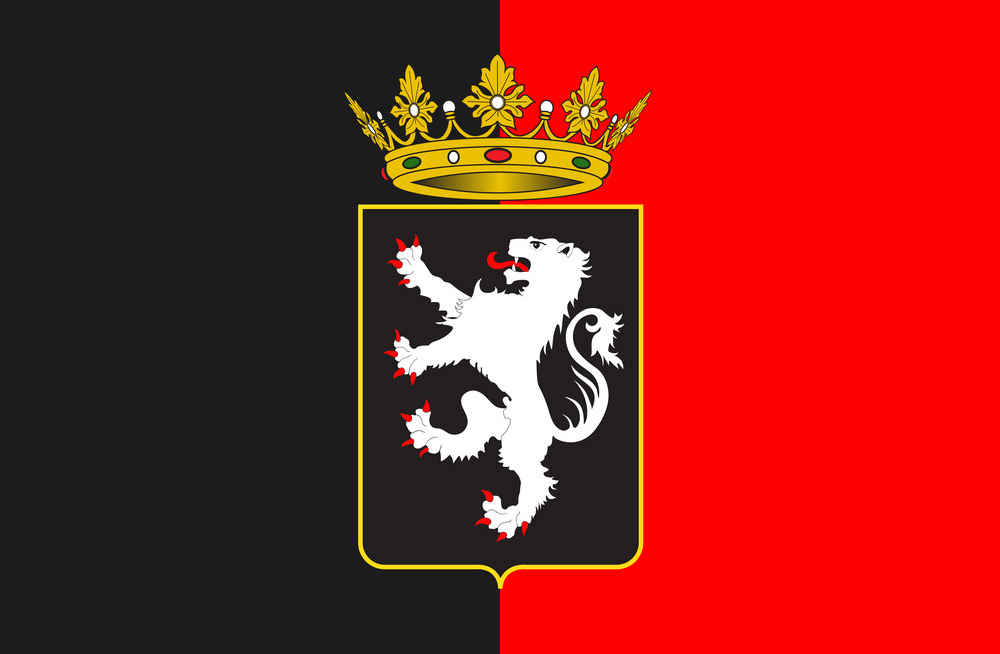 Valle d´Aosta
Valle d´Aosta

 CESAER
CESAER